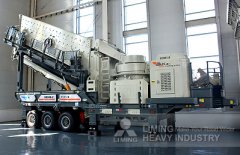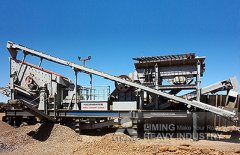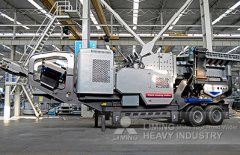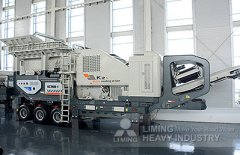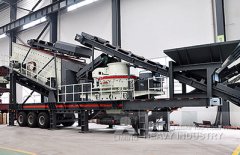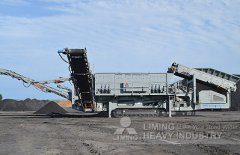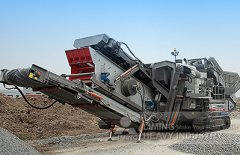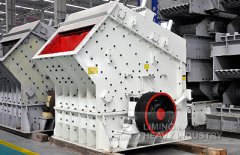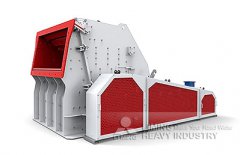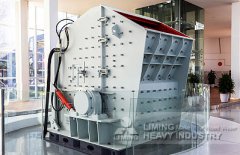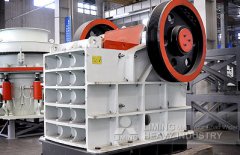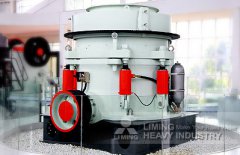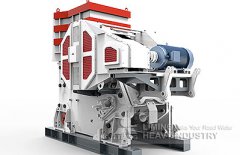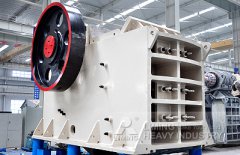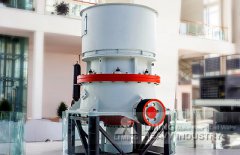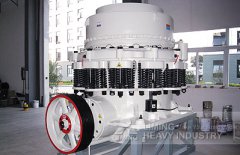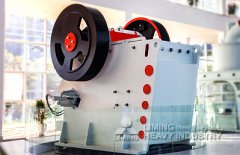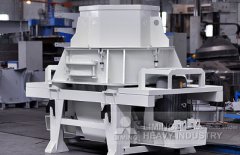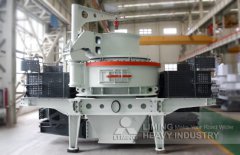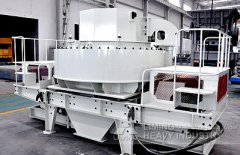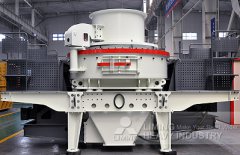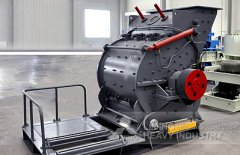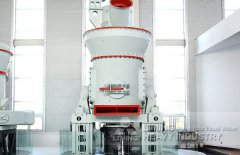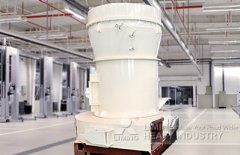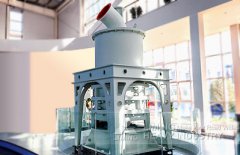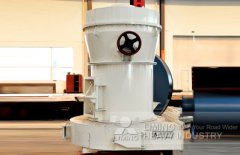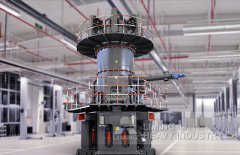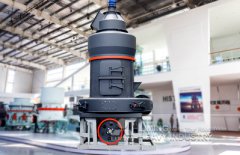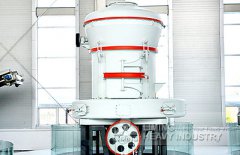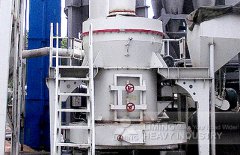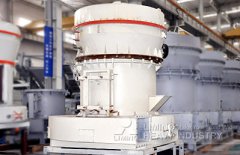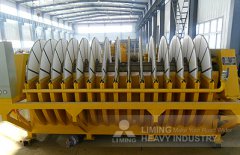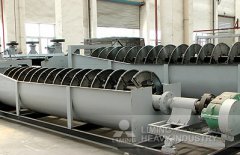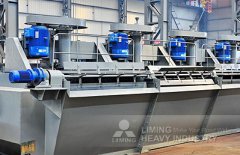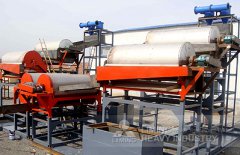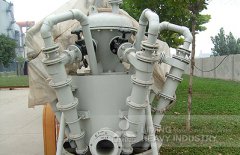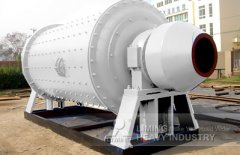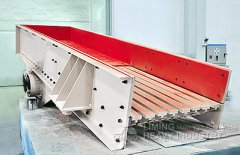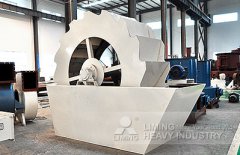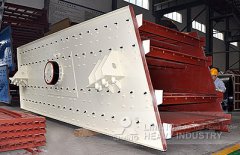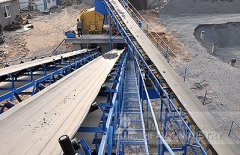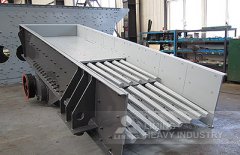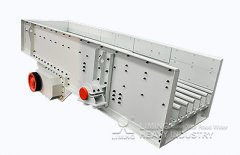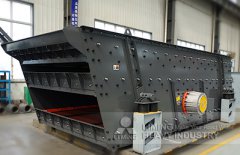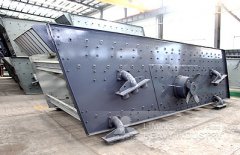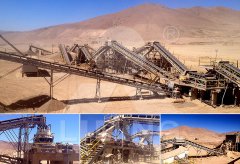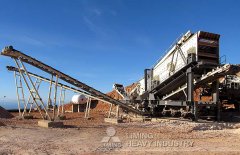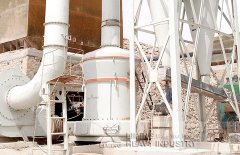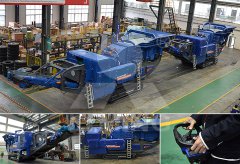Case
how cement made from limestone
2019-05-25T09:05:55+00:00
How is concrete made from limestone? Shelly
To make Portland cement—the most common type of cement—powdered limestone is heated in a rotary kiln As a source of Concrete is formed when portland cement creates a paste with water that binds with sand and rock to harden Cement is manufactured through a closely controlled chemical combination of How Cement Is Made The answer is the cement industry Limestone plays two major roles in the cement manufacturing process, one is used as a raw material for cement clinker, and the other is used 2 Major Roles of Limestone in Cement ManufacturingHow Cement Is Made 1 Mining the raw material Limestone and clay are blasted from rock quarries by boring the rock and setting off explosives with a negligible impact of the Cement Production: How Cement Is ManufacturedPortlandlimestone cement (PLC) is a blended cement with a higher limestone content, which results in a product that works the same, measures the same, and performs the same, but with PortlandLimestone Cement
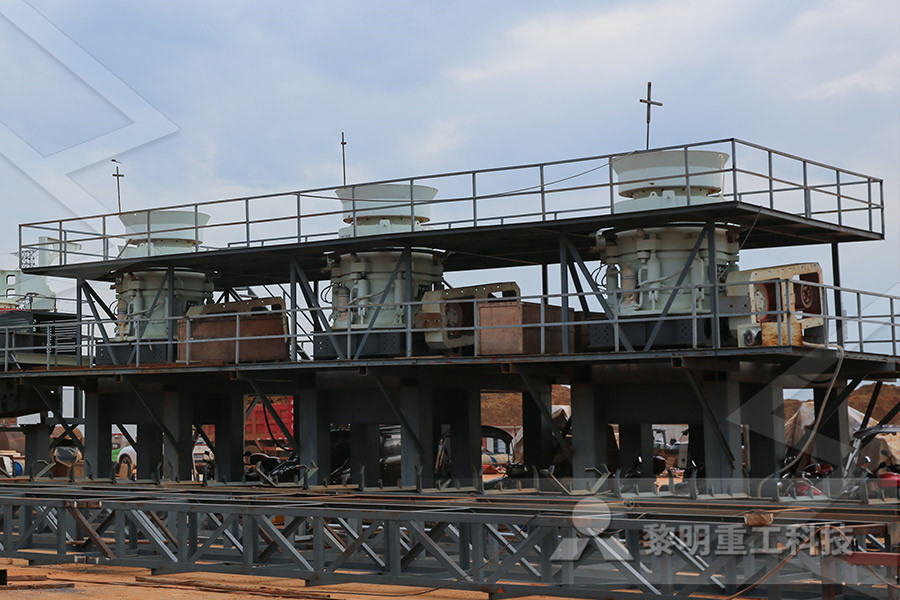
Understanding Limestone in Cement Concrete
The history of limestone in cement is a little checkered, and as a result, there is some controversy in this decision, along with some confusion and concern Here in the US it is long Generally, the proportion of components in cement raw materials is 6775% limestone, 1015% clay, 0515% iron ore and 8511% coal The laboratory of a cement plant How Is Cement Made in a Cement Plant Aim to break the limestone into pieces not larger than 2 inches (51 cm) across 3 Cook the limestone in a kiln or outdoor oven In order to ready 3 Ways to Make Cement wikiHow Cement is the essential ingredient in concrete It is a fine powder that acts as the glue that holds concrete together when mixed with water, sand and aggregates Cement is Why is concrete made from limestone? – ProfoundAnswersLimestone is a natural rock that is made up of mostly calcium carbonate It is common in many parts of the country and is used to create cement, asphalt, many home products, and lots of other things It is an integral part of the How Limestone is Formed

2 Major Roles of Limestone in Cement Manufacturing
The answer is the cement industry Limestone plays two major roles in the cement manufacturing process, one is used as a raw material for cement clinker, and the other is used as a cement admixture Limestone is one of the key raw materials of cement clinker Around 8090% of the raw material for the kiln feed is limestonePortlandlimestone cement (PLC) is a blended cement with a higher limestone content, which results in a product that works the same, measures the same, and performs the same, but with a reduction in carbon footprint of 10% on average Cement is made by grinding clinker—the main energy intensive ingredient—to a fine powder Producers PortlandLimestone Cement The history of limestone in cement is a little checkered, and as a result, there is some controversy in this decision, along with some confusion and concern Here in the US it is long past when finely ground limestone was added to cement to make “adulterated” cement Although this remains a problem, mainly in the third world where cement Understanding Limestone in Cement Concrete Aim to break the limestone into pieces not larger than 2 inches (51 cm) across 3 Cook the limestone in a kiln or outdoor oven In order to ready 3 Ways to Make Cement wikiHow Cement is the essential ingredient in concrete It is a fine powder that acts as the glue that holds concrete together when mixed with water, sand and aggregates Cement is manufactured by heating a precise mixture of finely ground limestone, clay and sand in a rotating kiln to temperatures reaching 1450ºCWhy is concrete made from limestone? – ProfoundAnswers
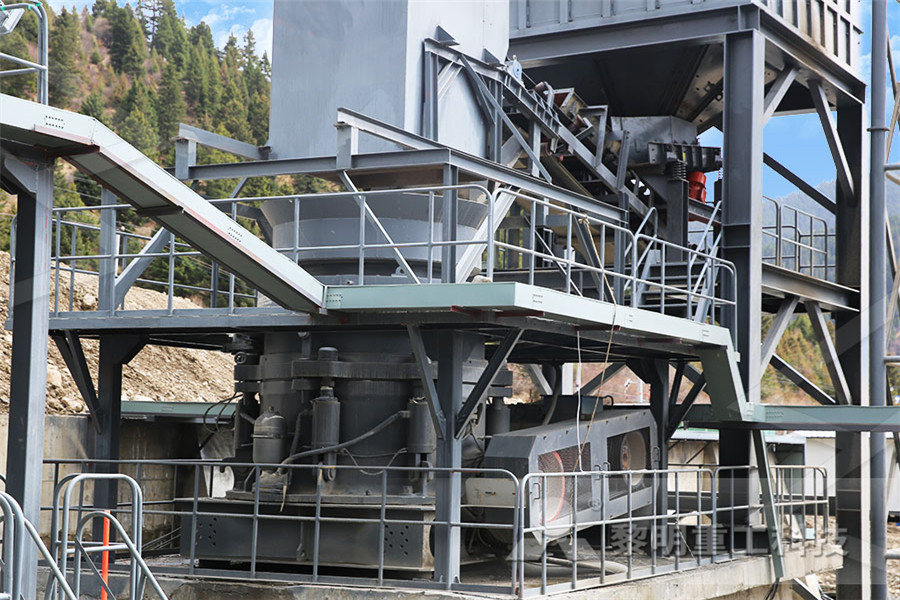
What is cement, what is it made of, and how to make it?
Cement production illustrated 1) Limestone is taken from a quarry It is the major ingredient needed for making cement Smaller quantities of sand and clay are also needed Limestone, sand, and clay contain the four essential elements required to make cement The four essential elements are calcium, silicon, aluminum, and iron Cement as we know it was first developed by Joseph Aspdin, an enterprising 19thcentury British stonemason, who heated a mix of ground limestone and clay in his kitchen stove, then pulverized the concoction into a fine powder The result was the world’s first hydraulic cement: one that hardens when water is addedHow Cement is Made Cement Ingredients History of Our cement is made from algae skeletons (which is actually the same as limestone), therefore it doesn't have those costs! (Actually it does)" noteugene June 24, 2022 12:26 PMCement formed with biogenic limestone promises carbon 3 Build a kiln Stack rocks on top of each other around the fire with an opening on the front and top (make it look like a fireplace) [4] 4 Fill a metal container such as a bucket with your shells or other cement items Be sure How to Make Cement in the Wild: 6 Steps (with Though “cement” and “concrete” are often used interchangeably, concrete is actually the final product made from cement The primary component of cement is limestone To produce cement, limestone and other claylike materials are heated in a kiln at 1400°C and then ground to form a lumpy, solid substance called clinker; clinker is then Emissions from the Cement Industry State of the Planet

(Video) How Cement Is Made CEMEX USA CEMEX
How Cement is Made (Video) 1 Mining the raw material Limestone and clay are blasted from rock quarries by boring the rock and setting off explosives with a negligible impact of the environment, due to the modern technology employed 2 Transporting the raw material The desired raw mix of crushed raw material and the additional components required for the type of cement, eg silica sand and iron ore, is prepared using metering devices Roller grinding mills and ball mills grind the mixture to a fine powder at the same time as drying it, before it is conveyed to the raw meal silos for further homogenisationHow Cement Is Made Heidelberg Materials Cement production illustrated 1) Limestone is taken from a quarry It is the major ingredient needed for making cement Smaller quantities of sand and clay are also needed Limestone, sand, and clay contain the four essential elements required to make cement The four essential elements are calcium, silicon, aluminum, and ironWhat is cement, what is it made of, and how to make it? Cement manufacturing is a complex process that begins with mining and then grinding raw materials that include limestone and clay, to a fine powder, called raw meal, which is then heated to a sintering temperature as high as 1450 °C in a cement kiln In this process, the chemical bonds of the raw materials are broken down and then they are The Cement Manufacturing Process Advancing Mining Cement as we know it was first developed by Joseph Aspdin, an enterprising 19thcentury British stonemason, who heated a mix of ground limestone and clay in his kitchen stove, then pulverized the concoction into a fine powder The result was the world’s first hydraulic cement: one that hardens when water is addedHow Cement is Made Cement Ingredients History of

Cement Production an overview ScienceDirect Topics
Cement production is responsible for around 7% of worldwide greenhouse gas emissions The only larger contributors are electricity generation and transport Most of the CO 2 released when cement is made comes from the chemical reaction The limestone from which it is made is calcium carbonate, and when this is heated it gives off carbon dioxide Portland cement is a successor to a hydraulic lime that was first developed by John Smeaton in 1756 when he was called in to erect the Eddystone Lighthouse off the coast of Plymouth, Devon, England The next development, taking place about 1800 in England and France, was a material obtained by burning nodules of clayey limestonecement History of cement BritannicaCement is normally made from Limestone, Silica, Alumina and Gypsum, but when all these ingredients are mixed at a temperature of 1500o C, it causes an emission of CO2 on environment To reduce this, the researchers found that the use of clinker should be reduced And here the answer is Limestone Calcined clay cementhow is cement made from limestone joyfulkidsnlThis cement is made by heating limestone (calcium carbonate) with other materials (such as clay) to 1 450 °C (2 640 °F) in a kiln in a process known as calcination that liberates a molecule of carbon dioxide from the calcium carbonate to form calcium oxide or quicklime which then chemically combines with the other Does cement occur naturally? How Is Natural Cement Formed Realonomics3 Ways to Make Cement wikiHow Aug 10, 2021 To make cement from scratch, buy or collect limestone and break it into 2 inch chunks Put the chunks into a kiln, set the kiln to 900 °C, and let the limestone bake for 45 hours Be sure to wear a respirator when you pull out the limestone, then let it cool completelyhow is cement made from limestone pangearistoranteit
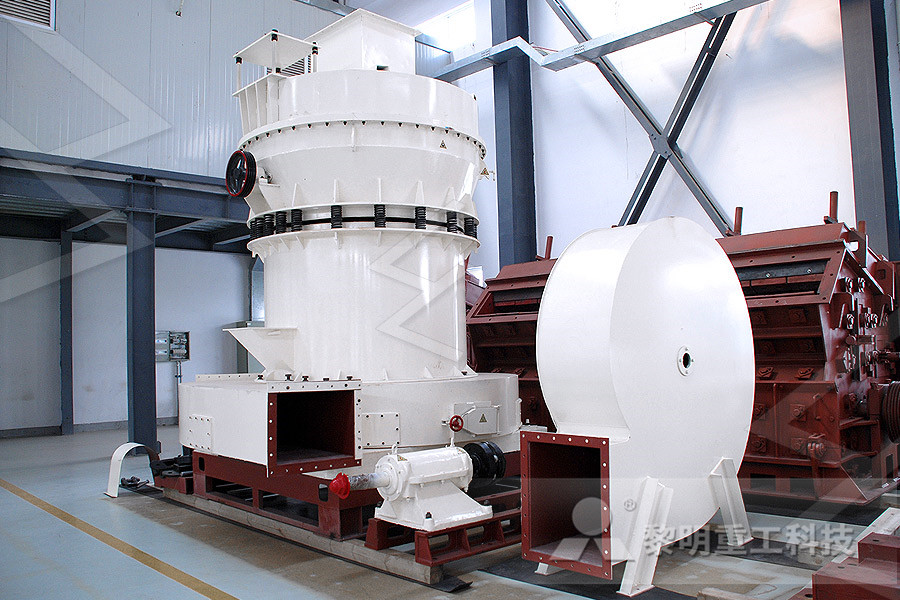
How Cement is Made Lafarge Exshaw
Cement is manufactured by thermally treating a mineral mixture of limestone, sandstone and shale, with some minor raw materials, allowing Exshaw to serve the community by using waste products that would otherwise be landfilled The desired raw mix of crushed raw material and the additional components required for the type of cement, eg silica sand and iron ore, is prepared using metering devices Roller grinding mills and ball mills grind the mixture to a fine powder at the same time as drying it, before it is conveyed to the raw meal silos for further homogenisationHow Cement Is Made Heidelberg Materials Cement manufacturing is a complex process that begins with mining and then grinding raw materials that include limestone and clay, to a fine powder, called raw meal, which is then heated to a sintering temperature as high as 1450 °C in a cement kilnThe Cement Manufacturing Process Advancing Mining Cement It is made up of limestone by crushing it into powder and modifying its some properties Strength of the cement mainly depends on the quality of lime stone quarry Blackish limestones have better properties than How Cement is made Insight of Cement Plant2 天前 All the cement plants set up after 1980 use the dry process for the manufacture of cement In this process, the calcareous materials such as limestone are crushed and stored in silos or storage tanks The argillaceous material such as clay is thoroughly mixed with water in a container known as the wash mill This washed clay is stored in basinsCement Manufacturing Process: How the Cement is Made?

What is Cement Made Of ? Process Explained
Some common materials helpful in manufacturing cement involve chalk, limestone, shells, or marl having combination with blast furnace slag, iron ore, clay, slate, and silica; when you heat these ingredients at high temperatures it form a rocklike substance which is later grounded into fine powder commonly considered as cementPortland cement consists essentially of compounds of lime ( calcium oxide, CaO) mixed with silica (silicon dioxide, SiO 2) and alumina (aluminum oxide, Al 2 O 3 ) The lime is obtained from a calcareous (limecontaining) raw material, and the other oxides are derived from an argillaceous (clayey) materialcement History of cement BritannicaHow to crush and make cement out of limestone First for a given amount of cement in the mix crushed limestone concrete will have an approximately 10 strength advantage This strength advantage es from the fact that cement bonds tighter to limestone than to a slicksmooth gravel and the strength that is derived from the sharp angular faces of the crushed aggregatehow to crush and make cement out of limestone In the new process, the pulverized limestone is dissolved in the acid at one electrode and highpurity carbon dioxide is released, while calcium hydroxide, generally known as lime, precipitates out as a solid at the other The calcium hydroxide can then be processed in another step to produce the cement, which is mostly calcium silicateNew approach suggests path to emissionsfree cement According to the researchers, concrete made from this "biogenic limestone" is net carbon neutral, because the carbon dioxide released into the atmosphere when it is burned to make cementAlgaegrown limestone provides route to carbonnegative


